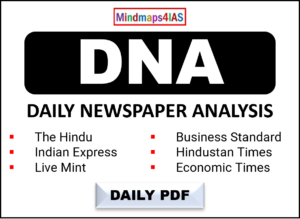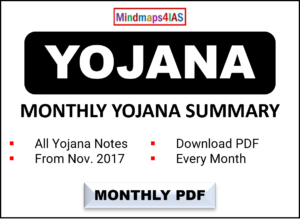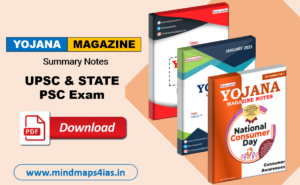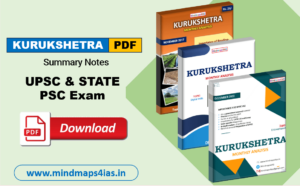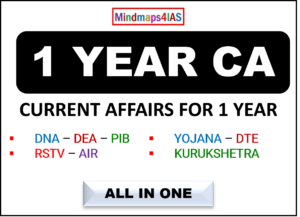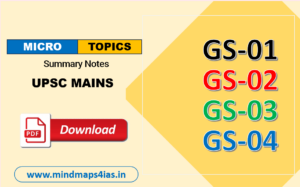Knowledge Booster: Manmohan Singh and LPG Reforms
Subject: Economy
Relevance: The economic crisis of 1990 and the subsequent reforms in 1991 were pivotal moments in India’s economic history. Understanding these reforms is essential for UPSC aspirants, particularly for questions related to economic liberalization and policy-making in India.
Relevance: The economic crisis of 1990 and the subsequent reforms in 1991 were pivotal moments in India’s economic history. Understanding these reforms is essential for UPSC aspirants, particularly for questions related to economic liberalization and policy-making in India.
Why in the News?
The world recently paid tribute to Dr. Manmohan Singh, who passed away on December 26, 2024, at the age of 92. He is recognized as the chief architect of India’s economic reforms, particularly the LPG (Liberalization, Privatization, and Globalization) policy initiated in the 1990s, which significantly transformed India’s economic landscape.
Key Takeaways
- Background of Economic Crisis (1990):
- In 1991, when Manmohan Singh became Finance Minister, India faced a severe economic crisis with foreign exchange reserves sufficient to cover only a few weeks’ worth of imports.
- The crisis was exacerbated by a sharp increase in oil prices and a significant decline in foreign investment, pushing India towards potential default on its external obligations.
- Introduction of Economic Reforms:
- Singh introduced comprehensive economic reforms aimed at liberalizing the economy, ending the ‘License Raj,’ and opening up India to foreign investments.
- The reforms were crucial in addressing the balance-of-payments crisis India faced at that time.
- Objectives of LPG Reforms:
- Liberalization:
- Ended excessive regulations and licensing requirements, allowing for greater freedom for businesses.
- The new industrial policy abolished most industrial licenses and opened sectors to foreign direct investment (FDI).
- Key measures included amending the Monopolies and Restrictive Trade Practices (MRTP) Act to facilitate business expansion without prior approvals.
- Privatization:
- Reduced state control over industries by allowing private sector participation.
- The number of sectors reserved for public sector enterprises was reduced from 17 to 8.
- Structural reforms led to increased competition and efficiency in various sectors.
- Globalization:
- Aimed at integrating the Indian economy with global markets by reducing trade barriers and facilitating capital flow.
- Import duties were lowered, and policies were enacted to encourage foreign technology agreements.
- Direct foreign investment was allowed up to 51% in several industries.
- Liberalization:
- Impact of Reforms:
- The LPG reforms led to significant economic growth, increased foreign investment, and improved living standards for many Indians.
- By deregulating the economy, these reforms contributed to a substantial reduction in poverty levels over subsequent decades.
- Quotes from Manmohan Singh:
- In his budget speech in 1991, Singh quoted Victor Hugo: “No power on Earth can stop an idea whose time has come,” reflecting his commitment to reforming India’s economy.
- On the 25th anniversary of the LPG reforms, he referenced Robert Frost’s poem about promises yet to be fulfilled, emphasizing ongoing challenges despite past successes.
Beyond the Nugget: Economic Crisis of 1990
- Factors Leading to Crisis:
- A sudden spike in oil prices in August 1990 created an unsustainable balance of payments situation.
- Foreign exchange reserves dwindled to about $1 billion, creating fears of default on international obligations.
- Government Response:
- The government devalued the Indian rupee on July 1, 1991, as part of measures to stabilize the economy.
- The Reserve Bank of India transferred over 46 tonnes of gold to the Bank of England as collateral for loans to manage immediate liquidity issues.
- Long-term Framework:
- The crisis prompted a shift towards a competitive market economy as a means to improve efficiency and attract investment.
Dr. Manmohan Singh’s contributions through the LPG reforms marked a turning point in India’s economic history, transitioning it from a closed economy to one integrated with global markets. Understanding these reforms is vital for UPSC aspirants as they reflect critical themes in economic policy-making and development strategies that continue to shape India’s trajectory today.

